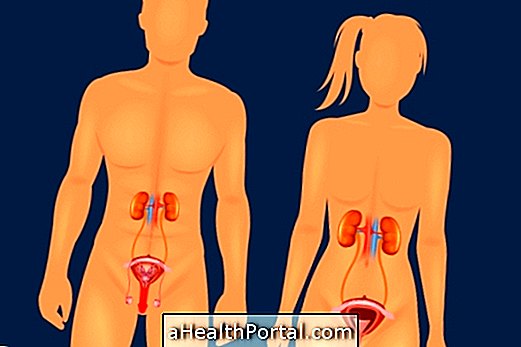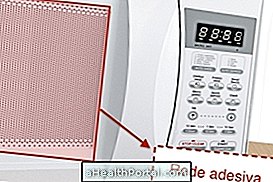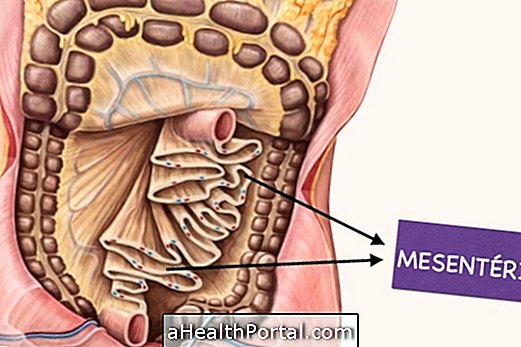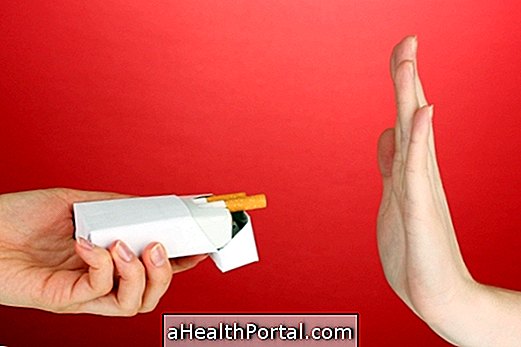Urine is a substance produced by the body that helps remove dirt, urea and other toxic substances from the blood. These substances are produced daily by the constant functioning of muscles and by the process of digestion of food. If these wastes accumulate in the blood, they could cause serious damage to various organs of the body.
All this process of blood filtration, removal of waste and formation of urine happens in the kidneys, which are two small, bean-shaped organs that are located in the lower back.

The kidneys daily filter about 180 liters of blood and only produce 2 liters of urine, which is possible due to the various processes of elimination and reabsorption of substances, which prevent the elimination of excess water or substances important to the body.
Check out 11 symptoms that may indicate that your kidneys are not working properly.
3 main stages of urine formation
Before urine can leave the body, it has to go through some important phases, which include:
1. Ultrafiltration

Ultrafiltration is the first stage of the process of urine formation that takes place in the nephron, the smallest unit of the kidney. Within each nephron, the small blood vessels of the kidney divide into even finer vessels, which form a knot, known as a glomerulus. This knot is enclosed within a small film that is known as a renal capsule.
Since the vessels are becoming smaller and smaller, the blood pressure in the glomerulus is very high and so the blood is pushed hard against the vessel walls and filtered. Only blood cells and some proteins, such as albumin, are large enough not to pass and therefore remain in the blood. Everything else passes into the kidney tubules and is known as glomerular filtration.
2. Resorption

This second phase begins in the proximal region of the renal tubules. There, a good portion of the substances that have been withdrawn from the blood into the filtrate are again reabsorbed into the blood through active transport processes, pinocytosis or osmosis. Thus, the body ensures that important substances such as water, glucose and amino acids are not eliminated.
Still within this phase, the filtrate passes through the loop of Henle, which is a structure after the proximal tubule in which the major minerals, such as sodium and potassium, are absorbed again into the blood.
3. Secretion

In this final stage of the urine formation process, some substances that are still in the blood are actively removed for the filtrate. Some of these substances include remnants of medicines and ammonia, for example, that are not needed for the body.
From there, the filtrate is called urine and continues through the remaining tubes of the kidneys, and through the ureters, until reaching the bladder, where it is stored. The bladder has the ability to store up to 400 or 500 mL of urine before it needs to be emptied.
How urine is eliminated
The bladder consists of a thin, smooth muscle that contains small sensors. From the 150 mL of accumulated urine, the bladder muscles slowly dilate to store more urine. When this happens, the small sensors send signals to the brain that make the person feel like urinating.
When you go in the bathroom, the urinary sphincter relaxes and the bladder muscle contracts, pushing the urine through the urethra and up to the outside of the body.
Due to all this complex process done by the kidneys, the characteristics of the urine that is eliminated can help uncover some health problems. So, look at what the major urine changes may indicate.
























